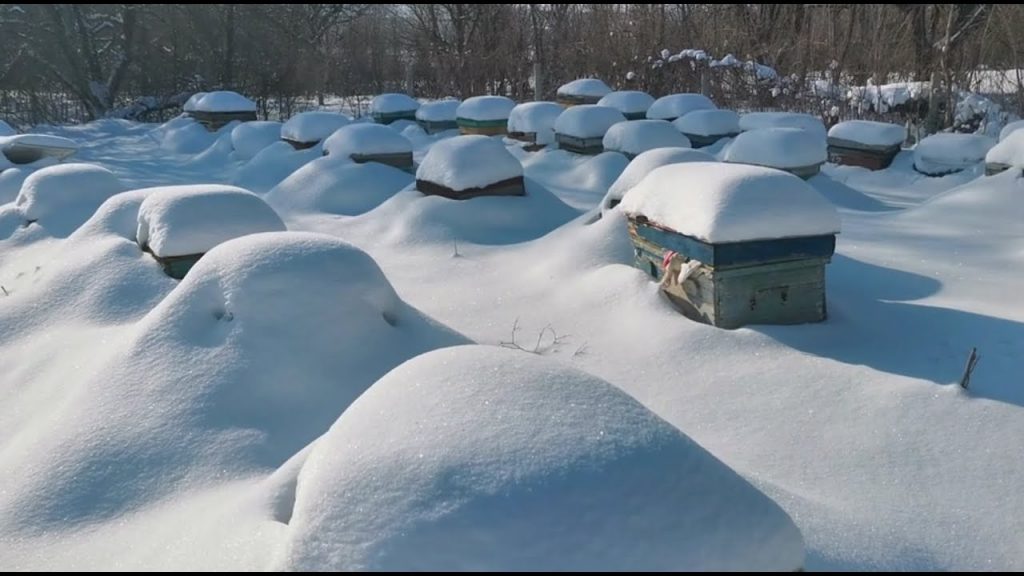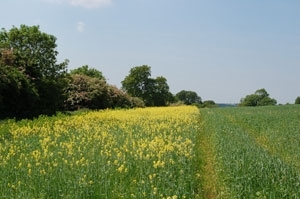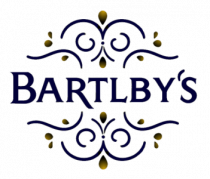When people ask why humans should care about bees the first answer is almost always ‘pollination’ and the explanation almost always always focuses on how humanity benefits from ‘pollination services’. There’s nothing wrong with this answer and pollination is vital not just for our well-being but for much of life on Earth. But maybe its an answer that’s both far from complete and which says’ something important about how we view the world. Are bee’s really only worthy of our care because of products and services they provide us? I’d like to suggest that bees, which have never been domesticated, are the part of wild nature with which humans have had the longest beneficial relationship. That in an age of ecological breakdown paying attention to how we relate to bees might offer a glimpse of how we could transform how we relate to the rest of creation. But lets begin with pollination.
Pollination is the reason most often given for the importance of bees and there’s no doubt that bees perform an important role in pollination of both wild plants and human crops. Without pollinators much plant biodiversity would be lost with catastrophic consequences for life of the planet. Scientists estimate that upwards of 200,000 species globally may play a role in pollination in some form or another. Where agricultural crops are concerned estimates in 2020 of the value to us of ‘pollination services’ ranged from US$195 billion to ~US$387 billion annually1 and while some crops rely in very specific insects for pollination (cacao for instance is pollinated by a midge small enough to crawl into its flowers) its bees and more specifically honey bees that play the largest role in providing these ‘services’.

Particularly in the USA pollination services may be provided by hives shipped in specifically for that purpose. In fact more than 70% of all commercial honey bee colonies in the United States are used to pollinate almond orchards which cover over 1 million acres of California. The fact that so many bees have to be shipped in in order to pollinate these vast orchards tells us very clearly that wild pollinators no longer find a home among the almond trees. In fact, according to an article in the Guardian, the almond crop is doused with greater absolute quantities of biocides than any other crop2 and commercial beekeepers are now seeing a mortality rate of 30% among hives sent to pollinate Californian almonds.
While the almond orchards of California might be an extreme example, they are representative of how much of our agricultural landscape has become toxic to pollinators. While one might expect some crops, soft fruit for instance, to be more heavily treated with pesticides than others, even those that might at first sight seem less intensively managed are increasingly unfriendly to pollinators. Recent research has shown that grassland in the UK treated with the average amount of nitrogen fertiliser (100kg/hectare in the UK) saw a 42% decline in pollinator numbers.3
These chemicals aren’t static in the landscape. Pesticide and herbicide residues are found rain, ground water, streams, rivers and lakes across the UK. And its not just agricultural chemicals that pose a risk to pollinators. Micro-plastics are now ubiquitous in the environment and have been shown to negatively affect the survival, reproduction, development, and gut microbiota of insects.4 Recent research has also found toxic levels of the chemicals used to treat pets for ticks and fleas in UK rivers and when song birds use pet fur to line their nests the same chemicals have been shown to cause high levels of chick mortality. This is the context in which caring about bees is so important.
Most people find it hard to care about insects, about creepy crawlies, the very term invoking the instinctive revulsion many people feel toward insects. But bees are perhaps the one insect viewed positively by most people and it’s arguably the insect with which humans have had the closest and longest beneficial relationship. As such its easier for us to care about bees than all those other insects; but a world that is welcoming to bees would also be welcoming to the many other insect species whose populations are now in precipitous decline.
So often conservation efforts focus on iconic species, ospreys, wolves, otters etc. These species tend to be ones that humans feel positive toward; they’re majestic, or funny, or far enough away that they’re not threatening. They also tend to sit somewhere near the top of the food chain and are rarely at its base. To me, despite the fact that some of these species are hyper-keystone species with wide ranging effects on the ecosystems they inhabit, it still feels a bit like fixing the ridge tiles on a house that’s still falling down. Focussing conservation efforts on bees reverses this, pushing us to look at the foundations of ecosystems, the plants and habitats that ultimately support the diversity of life.

I’ve written elsewhere about practical things we can each do to make the world more bee friendly and I’m not going to rehash that here. The main point is that bees are everywhere, from inner cities to mountain wildernesses and so the opportunity to take positive action, to engage in conservation of the ‘wild’ is there for us all. This is very different from the conventional model of wildlife conservation outlined above; one from which humans as a species are mostly absent. ‘The Wild’ becomes something apart from us, a place we might visit as a green tourist or see on TV helpfully narrated by David Attenborough but if the ecological crisis in which we find ourselves is anything, it’s evidence that our relationship with the ‘wild’ has completely broken down. I believe bees could help us mend that relationship
When one looks at our culture’s relationship with the rest of creation its pretty obvious we don’t really have one (and wildlife conservation is often practiced in a way that reinforces that, in that it assumes a separation between human places and wild places). We see the world and the other beings that inhabit it as ours to dispose as we see fit – some we want to preserve as majestic wild beasts and others we hide away in factory farms but both are where they are because we’ve decided we like them there. At best our relationship with the rest of creation is an abusive one and at worst its an entirely destructive one. But given we ultimately depend on clean air, freshwater, healthy soils etc for our existence, destroying these things will in the end destroy us. Of-course some people (Elon Musk) are hoping for a divorce and plan to move out to a new home (Mars! Really?). A more realistic idea might be to try and heal our relationship with the non-human world and as any relationship counsellor will tell you a first step is to try and see the issues from the perspective of the other party.
This was the insight that led Joanna Macy, a Buddhist scholar and environmental activist, to develop a workshop/ritual she called the ‘Council of All Beings’ in which participants speak on behalf of a non-human species and even inanimate aspects of the world such as rivers and mountains. I’m not knocking it but I doubt its going to be wildly popular in the near future. That doesn’t invalidate its insight or its usefulness, but it might not be the most useful tool for the situations we find ourselves in. Many of us live in environments from which most of the wild world has already been removed. We live in cities where the waterways are now encased in concrete, where the only green spaces are managed parks, playing fields and small gardens and where ‘wildlife’ might mean a few birds, feral pigeons and rats. Even the countryside is stripped of much of its diversity and characterised by large monocultural fields treated with a range of biocidal chemicals interspersed with sparse hedgerows that offer few niches for other species to occupy. But even in these places from which the wild has been so obviously excluded I’d be surprised if you couldn’t find bees.

So if we were to look at the places we inhabit through the eyes of a bee what would see? My guess is we’d see a barren unwelcoming place. There would be a lack of shelter and a dearth of food. It might be too noisy or the air might be polluted affecting your ability to locate food or communicate with others5. In such a place one’s living would be precarious and marginal. Personally when I really make the effort to try and see the world around me through the eyes of another species its hard not to feel saddened by what I see; that we’ve taken the world for ourselves without a thought for the many species with which we share it. And what would a bee perhaps want to see in these places?
Well it would probably want trees and it would want mature trees because they have cracks and hollows in which it could nest. It might look at the green spaces in our cities and see just that, green space with nothing much of benefit to it – it would want those spaces to bloom, to be cut less often. A bee might ask people to plant flowers in window boxes or back gardens. Perhaps it would hope for fewer cars in the hope of having fresher air, less noise. In the countryside a bee might hope for hedges that were thicker with older hedgerow trees spaced out along their length and which filled with blossom in the spring; field margins that were wide and in which wild flowers might thrive.6 A wish list might be longer but this would be enough.

None of this would require that much change on the part of the human inhabitants of these places but the wonderful thing about ecosystems is that they’re truly holistic. In improving them for one species we inevitably benefit many others, including ourselves. Of course the world still needs truly wild places, places where humans are rare and those large majestic animals hold sway. But that doesn’t mean the ‘wild’ should be unwelcome in the places we’ve taken for ourselves.
Honeybees have never been domesticated, they remain essentially wild and yet they’re a wild species toward which few people feel much antagonism and many of us quite welcome (I wonder if there’s some evolutionary association with honey deep within us). As such they’re a perfect emblem for the wild. If we make the world friendly to bees we’ll make it friendly to a whole raft of other species; plants, birds, pollinators etc etc. And maybe that would take us a small way toward healing our relationship with the wild world. Who knew the humble bee had such power.
- https://link.springer.com/article/10.1007/s12571-020-01043-w ↩︎
- https://www.theguardian.com/environment/2020/jan/07/honeybees-deaths-almonds-hives-aoe ↩︎
- https://www.nature.com/articles/s44185-024-00070-6 ↩︎
- https://www.sciencedirect.com/science/article/abs/pii/S0165993623002170 ↩︎
- https://www.reading.ac.uk/news/2024/Research-News/Air-pollution-harms-pollinators-more-than-pests-study-finds ↩︎
- https://www.gwct.org.uk/farming/advice/habitat-issues/conservation-headlands-field-margins/ ↩︎
